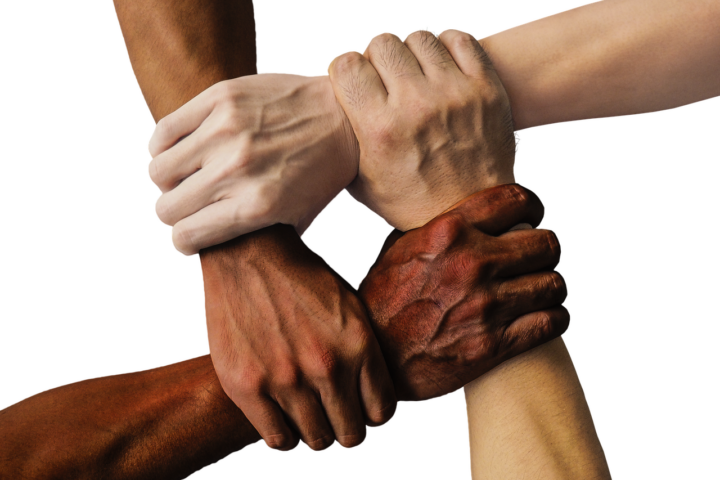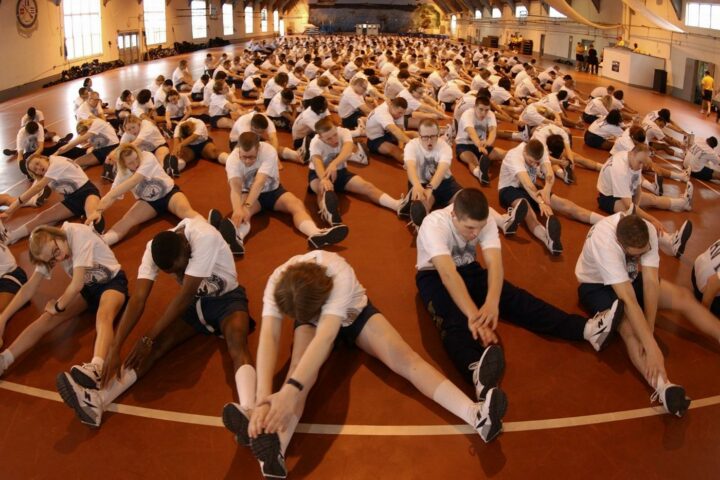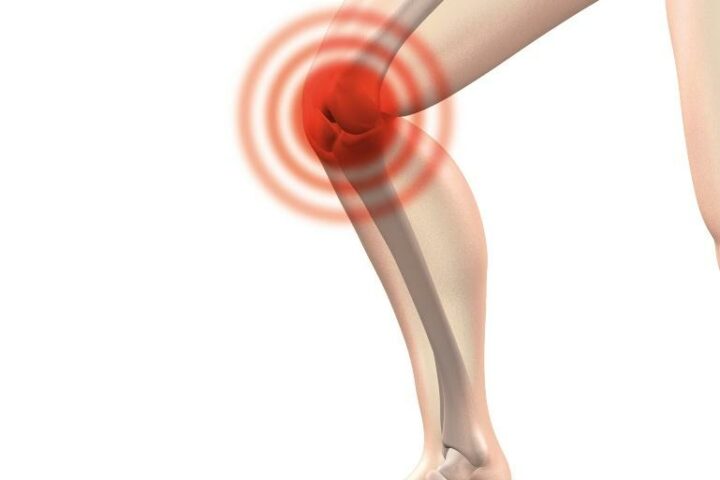If you are having pain in the elbow or wrist a common cause is: Tennis Elbow, sometimes called Lateral Epicondylosis.
Now, this condition is no longer called epicondylitis because that would imply that the problem is caused by inflammation (“itis”). Surprisingly enough inflammation is how this condition, and many other musculoskeletal conditions heal. Anti-inflammatory medications (NSAIDS like Advil, Aleve, etc.) slow down the healing process, but may decrease pain in the short term. Steroid injections also may decrease the pain, but they also slow healing and can make a tear more likely. Pain relief is certainly beneficial, but the cost benefits need to be carefully weighed.
The pain from Tennis elbow can be felt in the elbow, forearm or wrist at rest or when gripping an object. This pain can inhibit contractions and cause weakness with gripping and lifting objects. Often the reason people seek treatment is pain causing them to drop simple everyday objects.
The goal of treatment is to decrease the muscle tension, increase the strength of the muscle attachments, increase the strength of the muscles and improve joint motion if it is restricted.
Pain in this condition is aggravated by wrist extension, or finger flexion (or both at the same time). These motions provoke pain whenever they are either held for a long time, or repeated numerous times.
Where is the Lateral Epicondyle?
The Lateral Epicondyle can be located by crossing your arms and feeling for the lump of bone at your elbow farthest from your body. This spot can be tender to the touch locally or can even refer pain into your wrist.
An important question is what do you do that would stress this area?
Examples are: typing with your wrists on the table, holding your hand on the mouse with your finger raised in preparation to click, holding a tool or utensil that is small and needs to be gripped tightly.
This is a patient specific question which helps the doctor remove your specific trigger. Changing the keyboard, taking your hand off the mouse when it is not needed, changing utensils to more comfortably sized tools.
The good news: This condition will usually get better without surgery.
The bad news: The pain tends to return when you overuse it again.
Treatment options:
- Acupuncture,
- Bracing / Splints / Taping,
- Dry Needling,
- Ergonomic advice / evaluation,
- Heat,
- Ice,
- Injections,
- Low Level Laser Therapy (LLLT) / Photobiomodulation (PBM) / Class IV Cold Laser
- NSAIDS,
- Manipulation,
- Rehab, exercises specific to your activities and condition, ex) the Tyler Twist using a Flex Bar from Theraband.
- Surgery, rarely recommended for this condition and only after several treatment regiments have failed.
- Therapeutic Ultrasound.
Other causes of wrist and elbow pain:
- Trauma – such as an injury from a fall
- Referred pain from the cervical spine. Radicular pain is where a nerve root is irritated and causes pain to be felt where that nerve is supposed to exist.
- Referred pain from trigger points in the posterior shoulder or forearm.
- Injury to the median nerve. Carpal Tunnel syndrome, scalenus anticus syndrome.
- Neuropathy of various causes (Diabetes, Alcoholism, Compartment syndrome, Chemotherapy)
- Cardiac events can refer pain to the left arm. If the pain is severe and new onset an emergency referral may be appropriate.
Clinical decisions that need to be made.
Dr. Google is not as good as a trained and experienced provider. Below are some of the decisions that we as providers need to consider when evaluating any patient.
- Referral to Endocrinology, Neurology, Occupational Therapy, Oncology, Orthopedics, Physical Therapy, Rheumatology. Is this office the best fit for the needs of this patient?
- Referral for imaging: CT, Diagnostic Ultrasound, MRI, X-rays. Not normally required but may be appropriate under certain circumstances, like trauma.
- In office treatment / Home exercise program.
How do Doctors decide what are the appropriate treatments for you?
It all starts with a proper examination and history. It is important to disclose ALL your medical history and current medications. You may think it is not relevant, but we never know what will be important/relevant until we hear the full story.
Big Picture:
In Summary elbow or wrist pain should be evaluated by a licensed provider to provide the proper treatments and guide you through the recovery process. Treated properly it is possible to break the cycle of injury to this area AND allow you to return to your normal activities. Untreated the pain may improve over time but is more likely to return and slowly limit your activity over time.
We can help accelerate the healing process and teach you how to break the cycle of pain returning with use. Contact us at 703-723-9355 or www.mybwdoc.com
Author:
Dr. Martin C. Donnelly, DC, CCEP, CKTP, FAKTR-PM, GRASTON Certified,
Assistant Adjunct Professor of Clinical Sciences University of Bridgeport.




